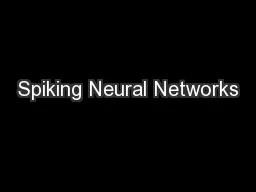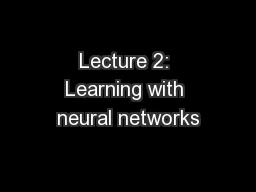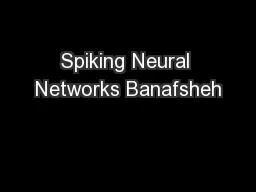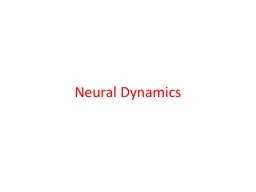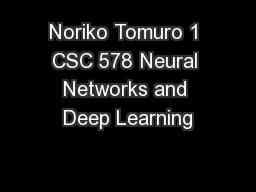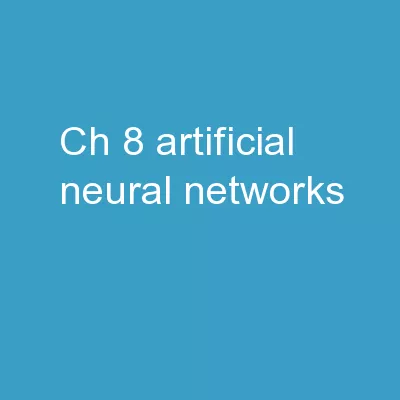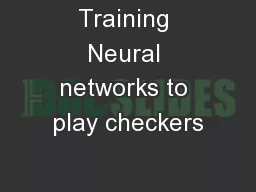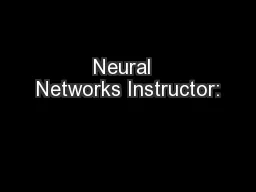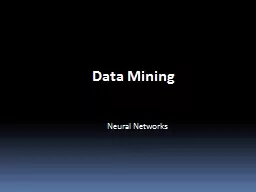PPT-Spiking Neural Networks
Author : kittie-lecroy | Published Date : 2016-07-17
Banafsheh Rekabdar Biological Neuron The Elementary Processing Unit of the Brain Biological Neuron A Generic Structure Dendrite Soma Synapse Axon Axon Terminal
Presentation Embed Code
Download Presentation
Download Presentation The PPT/PDF document "Spiking Neural Networks" is the property of its rightful owner. Permission is granted to download and print the materials on this website for personal, non-commercial use only, and to display it on your personal computer provided you do not modify the materials and that you retain all copyright notices contained in the materials. By downloading content from our website, you accept the terms of this agreement.
Spiking Neural Networks: Transcript
Download Rules Of Document
"Spiking Neural Networks"The content belongs to its owner. You may download and print it for personal use, without modification, and keep all copyright notices. By downloading, you agree to these terms.
Related Documents

